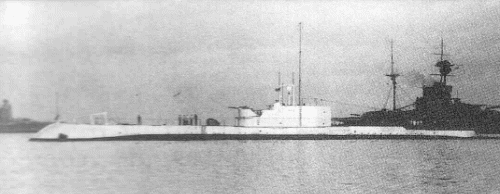
NAVYPEDIA
 Support the project with paypal
Support the project with paypal
Photo

Oxley 1927
Ships
| Name | No | Yard No | Builder | Laid down | Launched | Comp | Fate |
|---|---|---|---|---|---|---|---|
| Otway (ex-AO2) | P51 | Vickers-Armstrong, Barrow, UK | 8.1925 | 7.9.1926 | 9.1927 | to UK 1931 | |
| Oxley (ex-AO1) | P55 | Vickers-Armstrong, Barrow, UK | 8.1925 | 29.6.1926 | 7.1927 | to UK 1931 |
Technical data
| Displacement standard, t | 1354 |
|---|---|
| Displacement normal, t | 1636 / 1872 |
| Length, m | 83.8 |
| Breadth, m | 8.42 |
| Draught, m | 4.79 |
| No of shafts | 2 |
| Machinery | 2 Vickers diesels / 2 electric motors |
| Power, h. p. | 3100 / 1350 |
| Max speed, kts | 15 / 8.5 |
| Fuel, t | diesel oil 166 |
| Endurance, nm(kts) | 4560(10.3) / 60(4) |
| Armament | 8 - 533 TT (6 bow, 2 stern, 16), 1 x 1 - 102/40 QF Mk IV |
| Electronic equipment | type 116 sonar |
| Complement | 55 |
| Diving depth operational, m | 60 |
Standard scale images

nearly sister-ship Odin 1940
Graphics
Project history
Design of "O" class submarines was developed on the basis of "L" class. New ships intended for service in the Far East and so they required increased endurance and improved seaworthiness in comparison with prototype. Lead Oberon had saddle-tank construction and was built under the 1923 Programme, operational diving depth was 60 m, maximal was 155 m. Oil fuel tanks were out of a pressure hull and were leaked at big depth. It was possible to be saved of this lack during repair, when riveted tanks were been replaced by welded (also fuel stowage has increased to 186t). Designed speed was 15/9kts, but it has not been even reached. Oberon became the first British submarine with sonar provided even at designing. Almost simultaneously with Oberon the order for two submarines was given out by the Australian government. Design of these boats was developed by firm Vickers-Armstrong, and they favourably differed from Admiralty designed Oberon. At the expense of minor alteration of hull lines and form of fore end Australian submarines have reached designed speed.
Modernizations
None.
Naval service
No significant events.
 HOME
HOME FIGHTING SHIPS OF THE WORLD
FIGHTING SHIPS OF THE WORLD AUSTRALIA
AUSTRALIA SUBMARINES
SUBMARINES OXLEY submarines (1927)
OXLEY submarines (1927)
